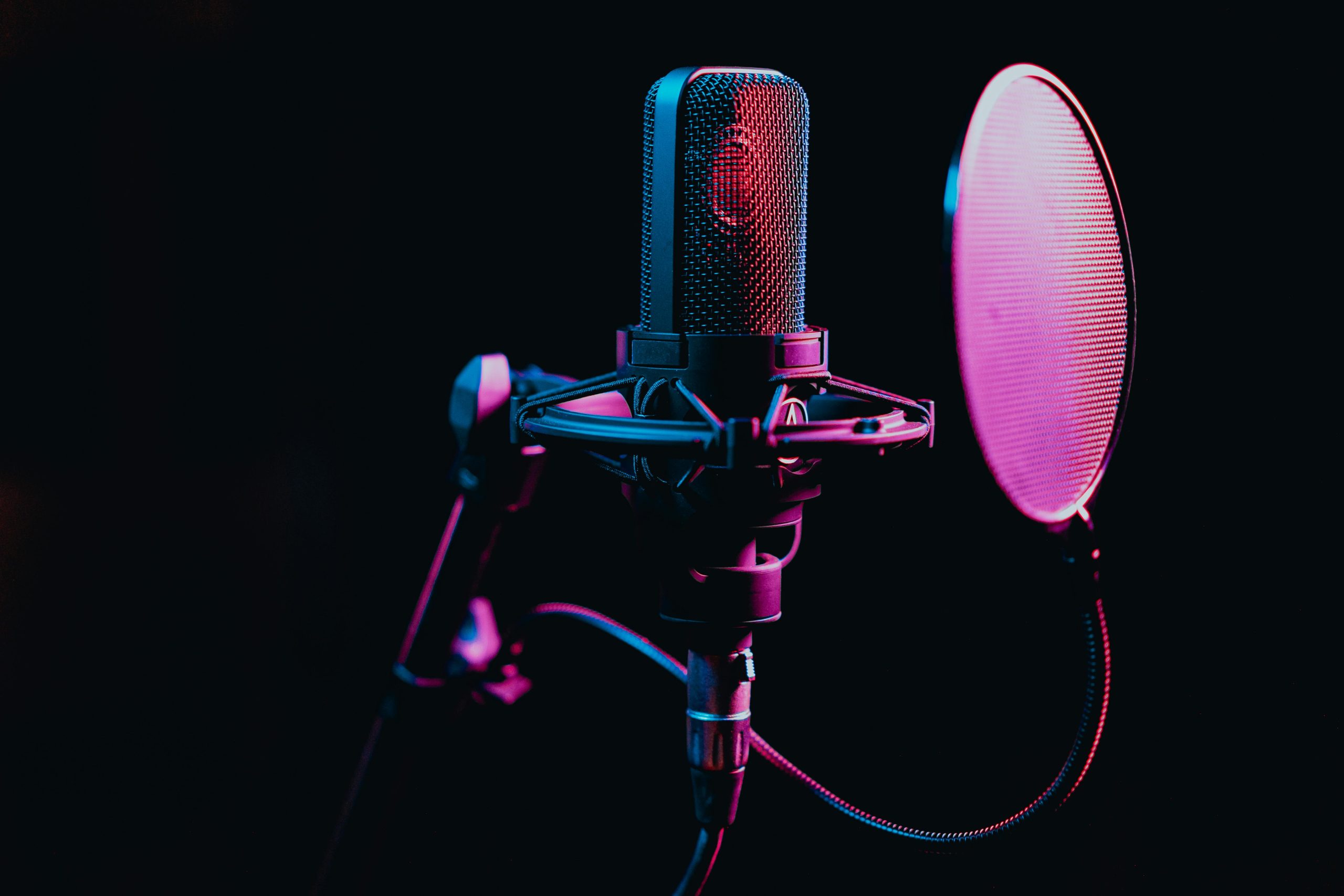How AI Removes Vocals from Songs? Explained
Did you ever want to sing karaoke but not be able to get the instrumental of your favorite song? Or maybe you’re a DJ looking to remix a song? It’s never been easier, thanks to AI vocal removers. This amazing technology is changing the way that we experience music.
In this blog, we’ll explain how AI removes vocals from music, why it happens, and how you can do it yourself. Let’s begin!

What is an AI Vocal Remover?
An AI vocal remover is an application that utilizes artificial intelligence to separate a song into vocals and instruments. Picture unwrapping a sandwich, AI removes the vocals and is left with the music, or retains the vocals and discards the rest. This is called audio source separation, which used to be a challenging task for sound professionals. Now it’s quick and easy with AI music technology, even without any experience on a mixing board.
How AI Removes Vocals from Songs
So, how does a real AI vocal remover function? It’s some clever tech plus a dash of audio magic. Here’s how it operates, explained:
- Learning from Songs: The AI learns from hundreds of music files where vocals and instruments are separately isolated. This helps it figure out what vocals sound like versus, say, a piano or a bassline.
- Sound to Images: When you import a song, the AI converts it into a spectrogram, a rainbow-colored map of sound frequencies. It’s a visual fingerprint of the song.
- Locating the Vocals: The AI hunts this spectrogram for patterns of vocals. It’s learned to spot the unique frequencies of a human voice, like looking for a needle in a haystack.
- Hiding the Vocals: After finding the vocals, the AI constructs a “mask” to cover them. The mask determines what remains (the instruments) and what is discarded (the vocals).
- Putting It Back Together: Lastly, the AI reconstructs the song with only the instrumental component, resulting in a vocal-free track for you.
It all occurs lightning-fast, usually in seconds! The outcome is wonderful, but not always perfect. Sometimes thin vocals are left, or the music gets a bit wonky. But it’s a giant leap for someone who has to remove vocals from songs.
Why Would You Use an AI Vocal Remover?
You might be wondering, “Why bother?” Well, AI vocal removers are amazingly handy. Here are just a few:
Karaoke Fun: Stuck on finding a karaoke version? Use an AI vocal remover to strip vocals and sing along with the tunes.
Music Remixing: DJs and producers particularly love this technology for stripping vocals or instruments to remake new remixes.
Practice Time: Musicians make use of their audio editing software to isolate vocals from tunes so they can practice certain sections, like a drumbeat or guitar riff.
Content Creation: Need background music for a video or podcast? AI will prevent you from infringing copyrights by giving you an instrumental version.
All of these capabilities are now accessible to all, not just to professionals with high-end studios, due to AI music technology.
The Tech That Makes It Happen
Wonder what’s behind the curtain? Most AI voice removers use a technique called deep learning, a type of AI that excels at detecting patterns. Specifically, they use convolutional neural networks (CNNs), technology they stole from picture recognition. Because spectrograms look like photographs of sound, CNNs are an easy fit in this case.
Here’s what they do:
Step 1: The spectrogram of the track is inputted into the AI.
Step 2: The hidden layers of the AI process it, determining what’s vocals and what isn’t.
Step 3: It exports two tracks, one with vocals removed, one with instruments removed.
Software such as Spleeter or LALAL.AI applies this technique to produce amazing results. They’re also really easy to use, just upload a file, and the AI vocal remover does all the hard work.

What Are the Downsides?
Even as wonderful as AI voice removers are, they’re not perfect. Be aware of these:
- Vocal Remnants: Now and then, there might be a residual hint of vocals in the instrumental.
- Sound Quality: Multi-layer tracks can sound a bit murky or dead after processing.
- Wait Time: Tracks that are longer or on slower computers might cause a brief delay, more like a minute or two.
- Legal Issues: Despite no vocals, employing someone else’s song can still be against copyright law.
Of course, these AI music tools have a couple of idiosyncrasies to them.
Despite these, they are much better than the old ways, which were complicated and liable to untidiness.
How to Try an AI Vocal Remover Yourself
Feel brave enough? Here is a step-by-step guide to removing vocals from songs:
- Select a Tool: Pick an AI vocal remover like LALAL.AI, Moises, or Spleeter.
- Upload Your Track: Drop your song file into the tool.
- Set Your Goal: Specify whether you’d like vocals removed or isolated; most devices do.
- Wait a Moment: The AI does it rapidly, usually under one minute.
- Download It: Take your new instrumental or vocal song and start experimenting.
No technical expertise needed, just an ear and some mouse clicks!
What’s Coming Up for AI and Music?
The future of AI music tech is promising! AI vocal removers are just the start. Here’s what may come next:
Perfect Results: In the future, AI might extract vocals without leaving a trail behind.
Live Wonder: Imagine extracting vocals live on stage or live stream.
Complete Control: Future software might enable you to tweak every instrument, not only vocals.
AI is set to shake up the music world even more, and we’re all along for the ride.
Wrapping Up: AI Brings Music to Everyone
Whether you’re into karaoke, remixing, or just love tech, AI vocal removers are a total game-changer. They make it simple to remove vocals from songs, opening up endless creative doors. Sure, there are small hiccups, but the possibilities outweigh them by miles.
Next time you’re planning a sing-along or mixing a track, give an AI vocal remover a try. It’s your ticket to making music magic, no studio required!





